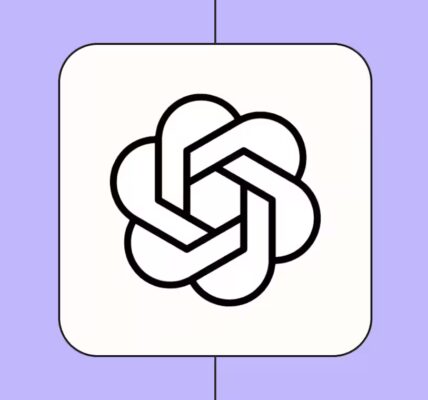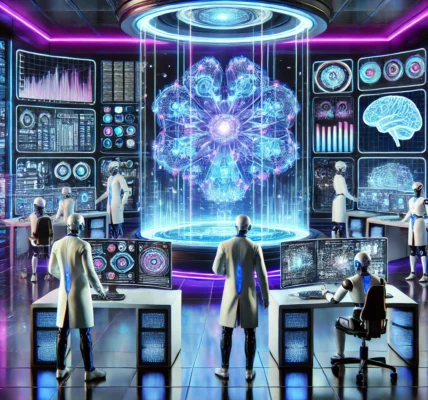The rise of no-code platforms has democratized access to sophisticated technologies, previously confined to the realm of developers. One area significantly impacted is the creation of AI-powered chatbots. Businesses of all sizes can now leverage conversational AI to enhance customer service, streamline operations, and boost sales without writing a single line of code. This article explores the key steps involved in building effective no-code AI chatbots for your business, from defining the scope to optimizing performance.
Defining Chatbot Scope & Goals
The first crucial step in building a successful chatbot is clearly defining its scope and objectives. What specific business problems are you trying to solve? Are you aiming to automate customer support inquiries, generate leads, or provide personalized product recommendations? A well-defined scope helps focus development efforts and ensures the chatbot aligns with your overall business strategy.
Next, identify your target audience and their typical interaction patterns. Understanding your audience’s needs, preferences, and communication style will inform the chatbot’s personality and conversational flow. Consider the platforms where your audience is most active – website, social media, messaging apps – to determine the optimal deployment channels for your chatbot.
Establishing measurable goals is essential for evaluating the chatbot’s effectiveness. These goals could include metrics like reducing customer support ticket volume, increasing lead generation rates, or improving customer satisfaction scores. Tracking these metrics allows you to assess the chatbot’s impact and make data-driven improvements over time.
Finally, document your scope, goals, and target audience in a concise and accessible format. This documentation serves as a blueprint for the development process and ensures everyone involved is on the same page. Regularly review and refine these parameters as your business evolves and your understanding of your audience deepens.
No-Code Platform Selection
Choosing the right no-code platform is critical for a successful chatbot implementation. Evaluate various platforms based on their features, integrations, and pricing models. Consider whether the platform supports the channels you intend to use and offers the necessary natural language processing (NLP) capabilities.
Look for platforms with intuitive drag-and-drop interfaces and pre-built templates that simplify the chatbot building process. A user-friendly platform empowers your team to create and manage the chatbot without requiring extensive technical expertise. The availability of comprehensive documentation and robust customer support is also vital for a smooth development experience.
Integration capabilities are crucial for connecting your chatbot with existing business systems like CRM, marketing automation, and e-commerce platforms. Seamless integration ensures data flows smoothly between systems, enabling personalized interactions and automated workflows. Explore the platform’s API and webhook functionalities to ensure compatibility with your existing tech stack.
Finally, consider the platform’s scalability and security features. Choose a platform that can handle increasing conversation volumes as your business grows. Ensure the platform complies with relevant data privacy regulations and offers robust security measures to protect sensitive customer information.
Designing Conversational Flows
Building No-Code AI Chatbots requires intuitive and engaging conversational flows is key to a positive user experience. Map out the different paths a conversation might take, anticipating user queries and providing relevant responses. Use a visual flow builder to create a clear and organized structure for your chatbot’s interactions.
Craft natural and human-like dialogue that aligns with your brand’s voice and tone. Avoid overly technical jargon and keep responses concise and easy to understand. Incorporate personality and humor where appropriate to create a more engaging experience for users.
Implement effective error handling strategies to gracefully manage unexpected user inputs or system failures. Provide helpful prompts and suggestions to guide users back to the main conversational flow. Offer a seamless escalation path to a human agent when necessary, ensuring complex issues receive personalized attention.
Regularly test and refine your conversational flows based on user feedback and performance data. Analyze conversation logs to identify areas for improvement and optimize the chatbot’s responses. A continuous improvement approach ensures the chatbot remains relevant and effective in meeting user needs.
Deployment & Performance Tuning
Once your chatbot is built and tested, it’s time to deploy it to your chosen channels. Follow the platform’s deployment instructions carefully and ensure seamless integration with your chosen communication platforms. Monitor the initial interactions closely to identify any technical issues or unexpected user behavior.
Continuously monitor the chatbot’s performance using analytics dashboards provided by the platform. Track key metrics like conversation completion rates, customer satisfaction scores, and fall-back rates to human agents. Analyze this data to identify areas for optimization and refine the chatbot’s conversational flows.
Implement A/B testing to compare different versions of your chatbot’s responses or conversational flows. This allows you to identify the most effective strategies for achieving your desired outcomes. Use the data gathered from A/B testing to make data-driven improvements and optimize the chatbot’s performance.
Regularly update your chatbot with new information and features to keep it relevant and engaging. Stay informed about the latest advancements in NLP and conversational AI to explore new possibilities for enhancing your chatbot’s capabilities. A proactive approach to maintenance and updates ensures your chatbot remains a valuable asset to your business.
Building no-code AI chatbots empowers businesses to leverage the power of conversational AI without requiring extensive technical expertise. By following the steps outlined in this article – defining scope and goals, selecting the right platform, designing effective conversational flows, and focusing on deployment and performance tuning – businesses can create intelligent chatbots that enhance customer experiences, streamline operations, and drive business growth. Embrace the potential of no-code AI chatbots to transform your customer interactions and unlock new levels of efficiency.
More how to guides can be found Here





